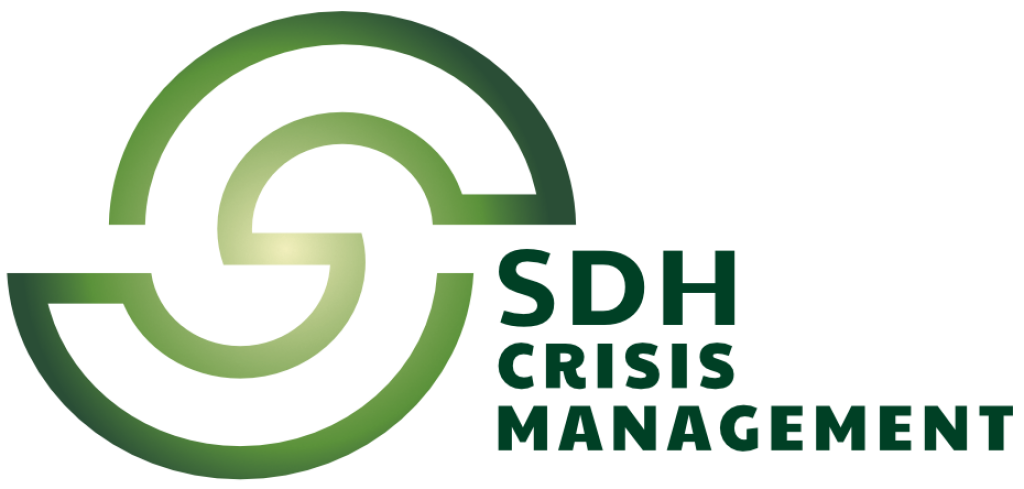What We Offer
Risk Identification
The foundation of resilience. Systematically identifying potential threats and vulnerabilities, both external (natural disasters, cyberattacks, supply chain disruptions) and internal (equipment failure, personnel shortages)
End to End Value Chain
Visually mapping every stage of a business’s operations—from services supplied, raw materials and suppliers to production, distribution, and customer delivery. It provides a comprehensive view of how value is created, identifying dependencies, inefficiencies, and vulnerabilities. Thus, focusing solely on essential business activity rather than expending resources and time on non-critical activities.
Business Impact Assessment
A core process that assesses the potential consequences of disruptions to a business’s operations. Identifying critical activities, how long the business can tolerate downtime, constraints and limitations in operating environments and the financial, operational, and reputational impact of disruption. A well-executed BIA ensures that recovery strategies are prioritized, based on risk exposure and business necessity
Gap Analysis
Compare existing measures against best practices and regulatory requirements to pinpoint vulnerabilities. Identify areas for improvement, refine mitigation strategies, and ensure the organisation is not just compliant but strategically resilient.
What We Deliver
- Systematic risk identification across internal and external threat vectors
- End-to-end value chain mapping that reveals dependencies and inefficiencies
- Business Impact Assessments that prioritize recovery based on real-world exposure
- Gap analysis and benchmarking against ISO 22301, regulatory standards and best practice
The assessment goes far beyond defining Recovery Objectives. It reveals systemic vulnerabilities, clarifies critical interdependencies and gives insight to prioritising investment, shaping continuity strategies and recovery plans.
CONTACT US
Don't wait - Contact us today to protect what matters most

